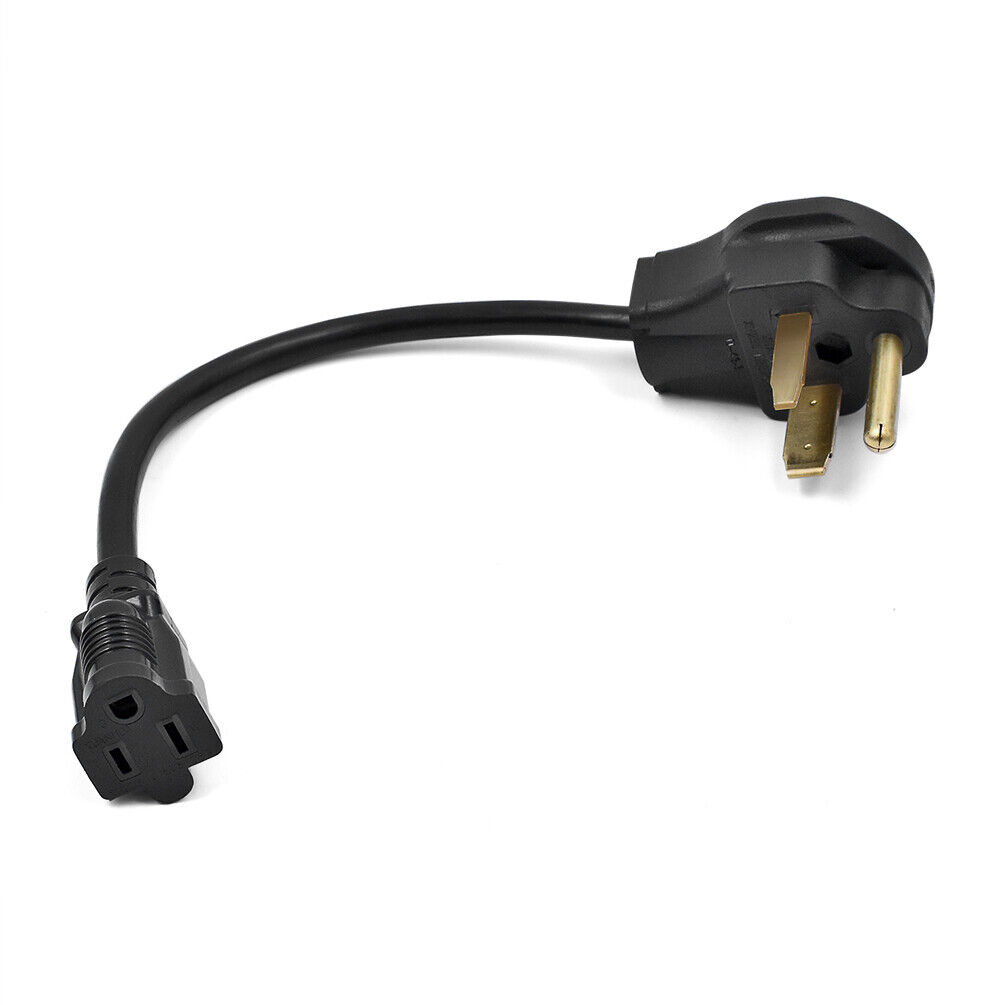Is it possible to convert 220v to 100v without having to use a step-down transformer? The short answer is yes. As for the long answer, there are several options available on how to do this. The solution you pick will depend on why you want to convert the power.
In most homes with 220 v outlets, the inserts in the sockets typically have 110 volts each, which combine to make up 220 volts. In this regard, you can create a plug to convert to 110 volts.
how to convert 220v to 110v without transformer
Here are the methods you can use to convert 220v to 110v without a transformer.
Option One: Modified Wire Plug
The first option is to take a standard two-pronged extension cable and cut it. Then instead of directing the wire to the two live terminals attach one end to the neutral terminal and the other to one live terminal.
This should give you a 110v outlet. With this modification, you can get a 110-volt power outlet from a 220 Volt power supply without having to use a step-down transformer.
Option Two: Use An Adapter Plug

The second option is to use an adapter plug. These are special plugs you can buy and are designed to be inserted into an existing 220-volt outlet. When inserted the plug will convert it to a 15 amps 110 v or 120 v outlet.
The great thing about these plugs is that they offer overload protection. This typically comes in the form of a pop-up breaker or a simple fuse. These plugs usually have a rectifier inside as well. They are best suited to basic home appliances such as waffle makers, frypans, etc.
Option Three: Use Voltage Dividers
For basic appliances and trivial power requirements, you can opt for a voltage divider. The divider should have two equal resistors. The resistors should be connected to the 220-volt outlet. They connect the load to one of the resistors.
This is, however, an inefficient way of conversion. Also, instead of using resistors, you could use two equal capacitors. This approach may result in poor voltage regulation though. If you are running on DC you also have the option of using buck converters.
Buck converters will be a better option compared to using resistors. Capacitors are typically used with AC power outlets. To make the process more efficient you can also use a voltage regulator paired with inductors to smooth out the voltage.
Option Four: Switch Receptacle From Outlet Box
The next option is to switch an existing 30 or 50-amp 220-volt receptacle from an outlet box. Before doing this, ensure that the circuit breaker is off. Here is how to switch out the receptacle.
How to switch out the receptacle
Step One:
The first step is to run a 2-wire cable to a new outlet box. This should be the outlet box where you wish to install new 15 amps 110 or 125 receptacles.
Step Two:
Splice the bare ground wires together in the existing outlet box. Once this is done proceed to splice the white wires as well. This should be done to the black wires as well. Splice the black wire from the new wires. This wire should be spliced into one of the existing hot wires which are usually red or black.
Step Three:
Capp or tape the unused hot wire. For this procedure, you can use a wire nut. Once you are done take a blank cover plate and install it over the outlet box.
Step Four:
In your house’s main service panel, switch off the breaker. Ideally, you should first get an alternate power source before switching off this main service panel breaker box. On the breaker box, you will find a two-pole amperage breaker.
Remove this breaker and replace it with a single pole 15 amp breaker. Next, take a panel filler insert and plug the hole in the cover of the panel. Take another wire nut and cap off the unused hot wire. You can also tape it. Connect the remaining two wires to the newly installed 15 amp breaker.
When making this replacement it is important to consider the voltage of any receptacle or appliances connected. Do not use a breaker that does not match the rating of the wire. For example, you cannot use a 50 amp breaker with a 14 gauge wire.
